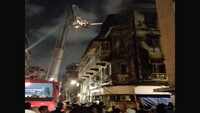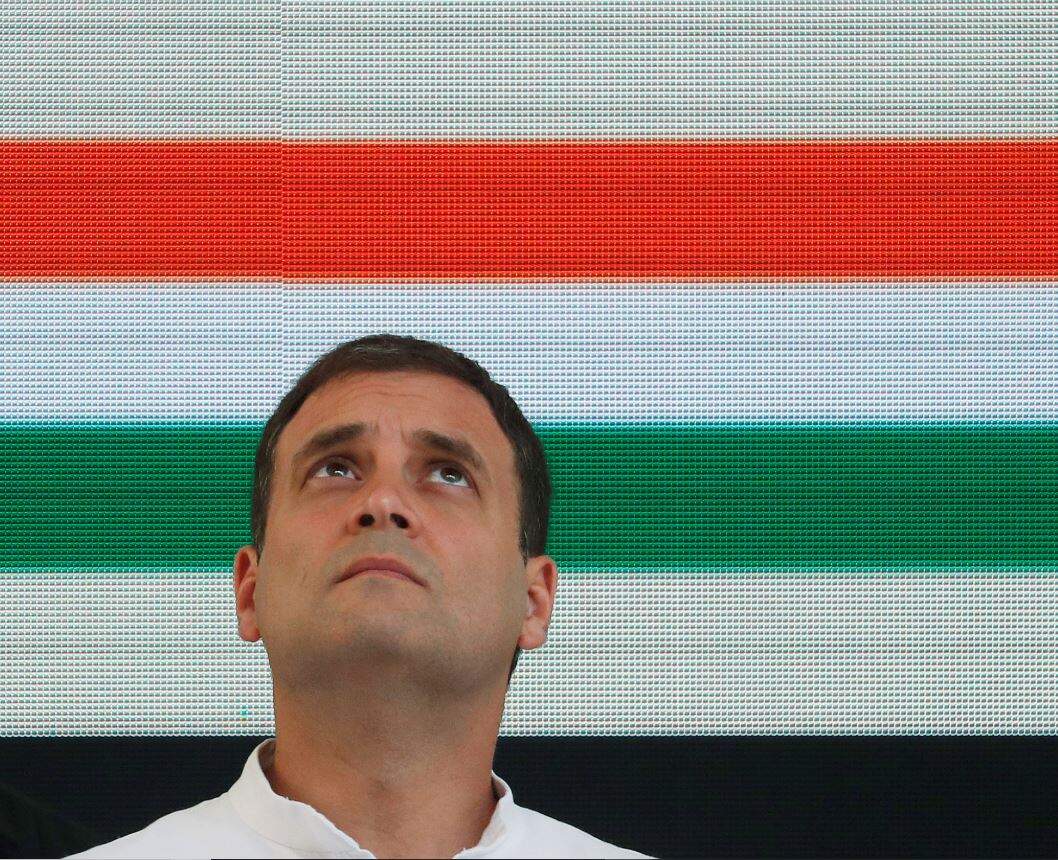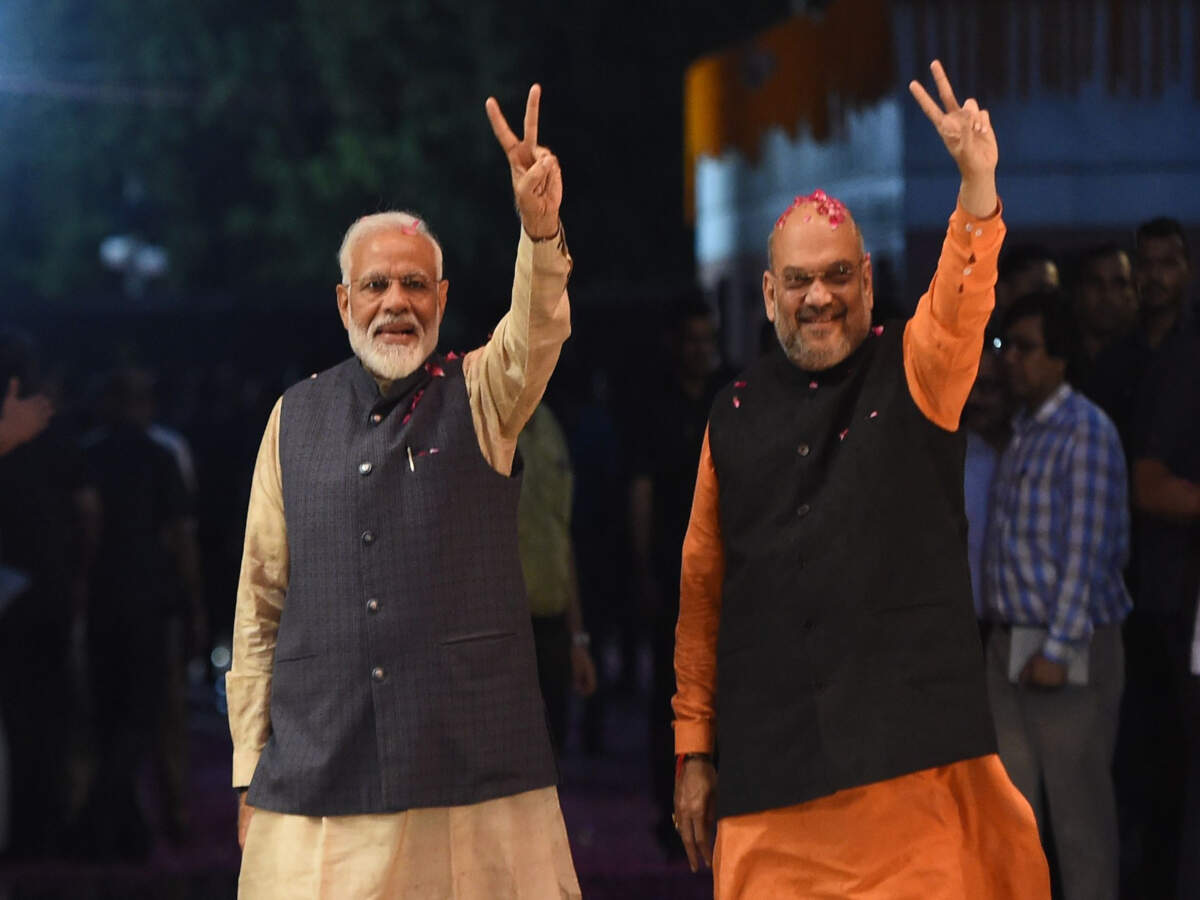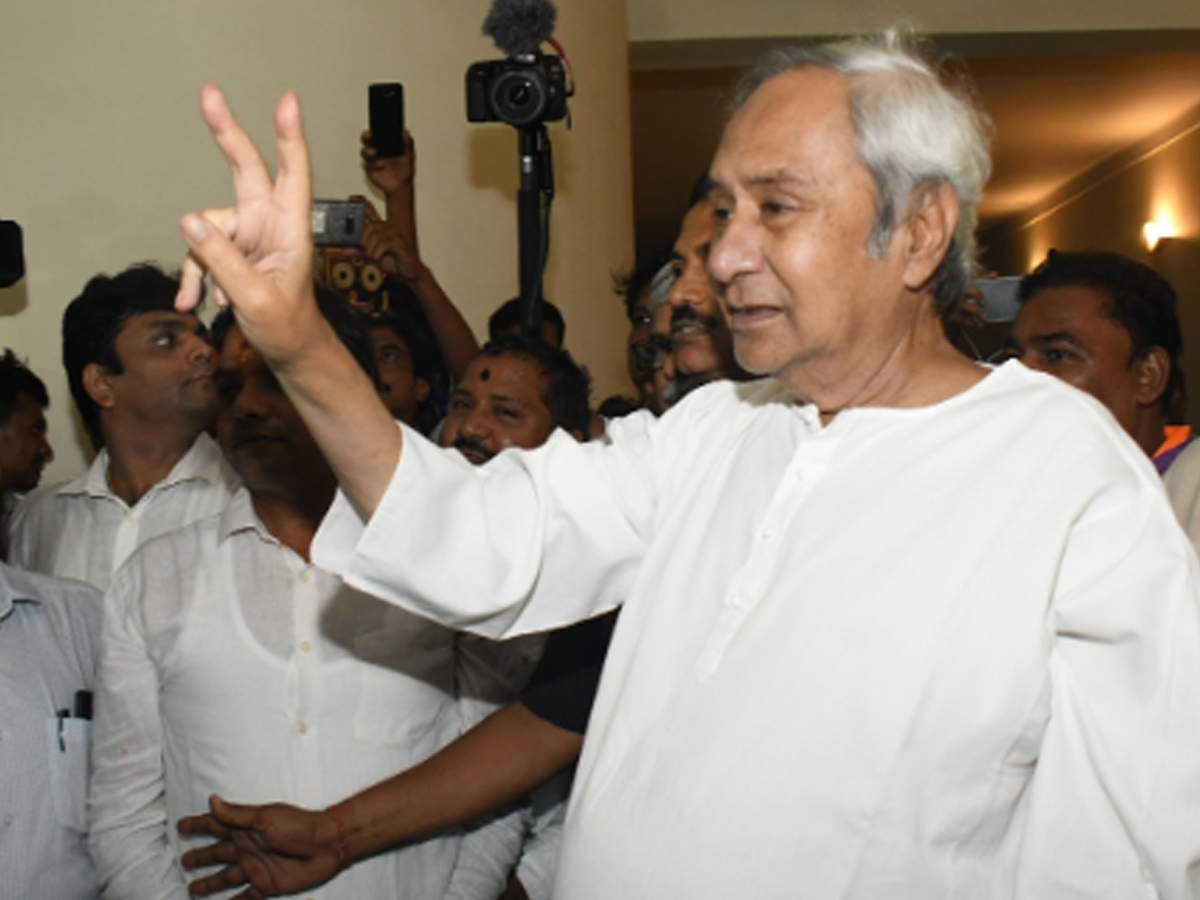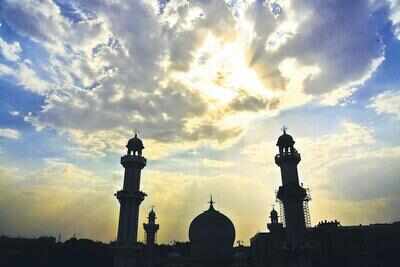
Nagpur: The city's iconic Jama Masjid is undergoing repairs for the first time since it was built in 1960 after its plaster started wearing off from its 128-foot minarets which were struck by lightning some years ago.
The works were undertaken after conducting a structural audit by two private firms. The report came as a pleasant surprise for the masjid committee which was apprehending structural decay.
“The 60-year-old edifice, sporting the biggest dome in India, has sound structure as per the report and only needed restoration of plaster which came off in the last few years as a result of the natural calamity,” said Jama Masjid trust secretary Sajid Anwar.
The work started four months ago and is expected to be completed by next month on the masjid located in the congested Mominpura on a sprawling 30,000 square feet land.
The committee had preferred to use the same technique as Mahametro has been doing in the construction of the Nagpur Metro Rail. “To avoid curing, we used high quality chemicals to repair the minarets and the dome. Our engineers suggested the use of the latest technology as curing is a problem because of the height of the structure,” he said.
Before the megastructure came into existence, the place used to be known as Mominpura Badi Masjid during the era of Gond King Buland Bakht.
Documentary records available with Anwar states that Shahbudin Saheb, a chieftain in King Bhonsle’s durbar, was the town planning incharge in the 18th century. With the idea of building a structure for the gathering of Muslims called jama, Shahbudin and his brothers built the Mominpura Badi Masjid.
Over two centuries later, a committee was set up to work out a renovation plan in 1958. It was then that the Mominpura Badi Masjid got a new grandeur look and name — Jama Masjid.
On March 6, 1960, Haji Hafeez Khaleel Ahmed Saheb laid the Sang-e-bunyaad (foundation stone) for the Jama Masjid. Though the basic structure was completed in the initial years, the construction work continued in phases till 2010.
Anwar said the expansion works never affected the look of the masjid. “The masjid had space to accommodate 1,300 people. We developed it to take in around 3000 now,” he said.
Initially, only the dome and two minarets were built. Later, the remaining minarets were constructed in phases. The trust gradually utilized the open space surrounding the Masjid for prayers. Lack of space forced people to offer namaz in the verandah and on the garden lawns during Ramzan and Eids even today.
Over the years, construction and maintenance needs have been fulfilled voluntarily by local residents, Anwar said. “Even the ongoing repair work is partially free of cost. The contractor has just charged labour wages. Our job is to buy building material. In previous cases, skilled workers would offer their services,” he said.
The place of worship also finds a special place in the hearts of Muslims from across the city. They make it a point to offer the Juma (Friday prayers) here. “The state-of-the-art masjid offers a divine experience,” said Javed Ansari, president of United Students’ Association.
Box
HISTORY OF MOMINPURA BADI MASJID
* Mominpura Badi Masjid was constructed by Shahbuddin Saheb, a chieftain in King Bhonsle’s durbar and his brothers in the 18th century
* Shahbuddin was the town planning incharge
* The idea was to build a structure for the gathering of Muslims (Jama)
* Over two centuries later, a committee was set up to work out a renovation plan in 1958
* Mominpura Badi Masjid got a new grandeur look and name — Jama Masjid
* On March 6, 1960, Haji Hafeez Khaleel Ahmed Saheb laid the Sang-e-bunyaad (foundation stone) for the Jama Masjid
HOW JAMA MASJID WAS PLANNED
* The panel, set up in 1958, appointed renowned architect Nawab Syed Salamat Ali Khan for planning Jama Masjid
* Khan had also designed the Jeena Masjid in Karachi, Pakistan, and the Uza-Khana-e-Zora Masjid in Hyderbad and a couple of Gurudwaras in the country
* Foreign-educated Khan developed an integrated plan which drew its inspiration from Mugul, Qutub Shahi and the Gond art cultures
* Khan took two years to prepare the new design in consultations with two other engineers and his friends Syed Mohammad Yunus and PV Raj
FACTS
* Built on 30,000 square feet area of land in congested Mominpura
* The main hall is the largest in comparison to any other masjid in the country as per the Jama Masjid trust
* The size of the hall is 102x65 without pillar
* The dome is said to be bigger than renowned masjids like Jama Masjid (Delhi) and th Taj-ul-Masajid in Bhopal
* Initially, 1300 and now 3,000 namazis can pray at a time
The works were undertaken after conducting a structural audit by two private firms. The report came as a pleasant surprise for the masjid committee which was apprehending structural decay.
“The 60-year-old edifice, sporting the biggest dome in India, has sound structure as per the report and only needed restoration of plaster which came off in the last few years as a result of the natural calamity,” said Jama Masjid trust secretary Sajid Anwar.
The work started four months ago and is expected to be completed by next month on the masjid located in the congested Mominpura on a sprawling 30,000 square feet land.
The committee had preferred to use the same technique as Mahametro has been doing in the construction of the Nagpur Metro Rail. “To avoid curing, we used high quality chemicals to repair the minarets and the dome. Our engineers suggested the use of the latest technology as curing is a problem because of the height of the structure,” he said.
Before the megastructure came into existence, the place used to be known as Mominpura Badi Masjid during the era of Gond King Buland Bakht.
Documentary records available with Anwar states that Shahbudin Saheb, a chieftain in King Bhonsle’s durbar, was the town planning incharge in the 18th century. With the idea of building a structure for the gathering of Muslims called jama, Shahbudin and his brothers built the Mominpura Badi Masjid.
Over two centuries later, a committee was set up to work out a renovation plan in 1958. It was then that the Mominpura Badi Masjid got a new grandeur look and name — Jama Masjid.
On March 6, 1960, Haji Hafeez Khaleel Ahmed Saheb laid the Sang-e-bunyaad (foundation stone) for the Jama Masjid. Though the basic structure was completed in the initial years, the construction work continued in phases till 2010.
Anwar said the expansion works never affected the look of the masjid. “The masjid had space to accommodate 1,300 people. We developed it to take in around 3000 now,” he said.
Initially, only the dome and two minarets were built. Later, the remaining minarets were constructed in phases. The trust gradually utilized the open space surrounding the Masjid for prayers. Lack of space forced people to offer namaz in the verandah and on the garden lawns during Ramzan and Eids even today.
Over the years, construction and maintenance needs have been fulfilled voluntarily by local residents, Anwar said. “Even the ongoing repair work is partially free of cost. The contractor has just charged labour wages. Our job is to buy building material. In previous cases, skilled workers would offer their services,” he said.
The place of worship also finds a special place in the hearts of Muslims from across the city. They make it a point to offer the Juma (Friday prayers) here. “The state-of-the-art masjid offers a divine experience,” said Javed Ansari, president of United Students’ Association.
Box
HISTORY OF MOMINPURA BADI MASJID
* Mominpura Badi Masjid was constructed by Shahbuddin Saheb, a chieftain in King Bhonsle’s durbar and his brothers in the 18th century
* Shahbuddin was the town planning incharge
* The idea was to build a structure for the gathering of Muslims (Jama)
* Over two centuries later, a committee was set up to work out a renovation plan in 1958
* Mominpura Badi Masjid got a new grandeur look and name — Jama Masjid
* On March 6, 1960, Haji Hafeez Khaleel Ahmed Saheb laid the Sang-e-bunyaad (foundation stone) for the Jama Masjid
HOW JAMA MASJID WAS PLANNED
* The panel, set up in 1958, appointed renowned architect Nawab Syed Salamat Ali Khan for planning Jama Masjid
* Khan had also designed the Jeena Masjid in Karachi, Pakistan, and the Uza-Khana-e-Zora Masjid in Hyderbad and a couple of Gurudwaras in the country
* Foreign-educated Khan developed an integrated plan which drew its inspiration from Mugul, Qutub Shahi and the Gond art cultures
* Khan took two years to prepare the new design in consultations with two other engineers and his friends Syed Mohammad Yunus and PV Raj
FACTS
* Built on 30,000 square feet area of land in congested Mominpura
* The main hall is the largest in comparison to any other masjid in the country as per the Jama Masjid trust
* The size of the hall is 102x65 without pillar
* The dome is said to be bigger than renowned masjids like Jama Masjid (Delhi) and th Taj-ul-Masajid in Bhopal
* Initially, 1300 and now 3,000 namazis can pray at a time
LOK SABHA ELECTION RESULT 2019
AP election results 2019Telangana elections results 2019Odisha election results 2019Chhattisgarh election results 2019Punjab election results 2019Uttarakhand election results 2019Karnataka election results 2019Madhya Pradesh election results 2019Himachal Pradesh election results 2019Haryana election results 2019Delhi election results 2019Maharashtra election results 2019Kerala election results 2019Bihar election results 2019Gujarat Lok Sabha election results 2019UP Lok Sabha election results 2019West Bengal election results 2019Tamil Nadu election results 2019
#ElectionsWithTimes
Quick Links
Lok Sabha Election Schedule 2019Lok Sabha Election NewsDelhi Capitals teamMI team 2019Rajasthan Royals 2019RCB team 2019Maharashtra Lok Sabha ConstituenciesBJP Candidate ListBJP List 2019 TamilnaduShiv Sena List 2019AP BJP List 2019Mamata BanerjeeBJP List 2019 MaharashtraPriyanka GandhiBJP List 2019 KarnatakaAMMK Candidate List 2019BJP List 2019 WBLok Sabha Elections in Tamil NaduBSP List 2019 UPNews in TamilLok Sabha Poll 2019Satta Matka 2018PM ModiMahagathbandhanNagpur BJP Candidate ListChandrababu NaiduTamil Nadu ElectionsUrmila MatondkarNews in TeluguMadras High CourtTejashwi YadavArvind KejriwalTejasvi SuryaPawan KalyanArvind KejriwalYogi AdityanathJaya PradaSatta King 2019Srinagar encounter
Get the app





